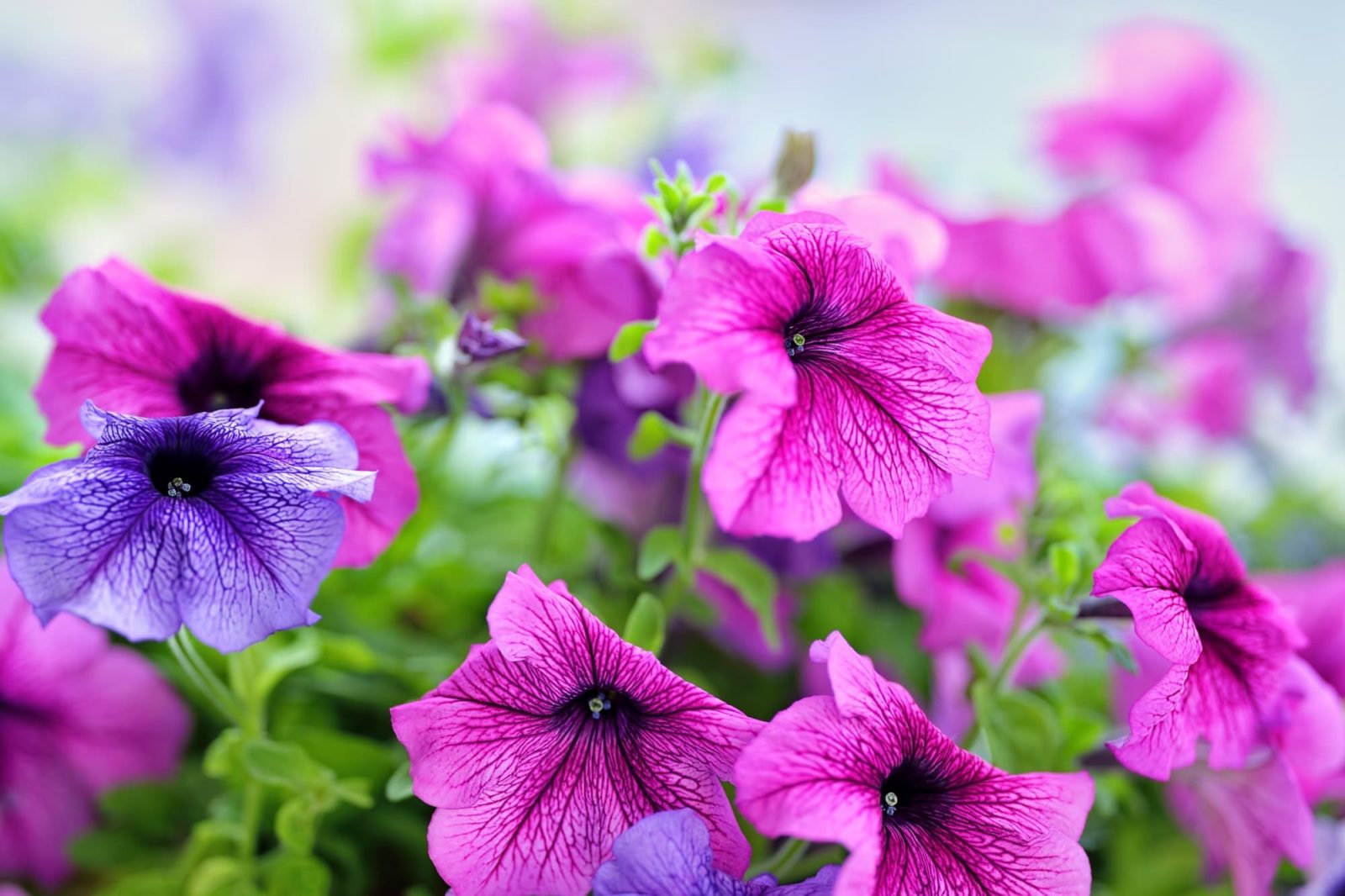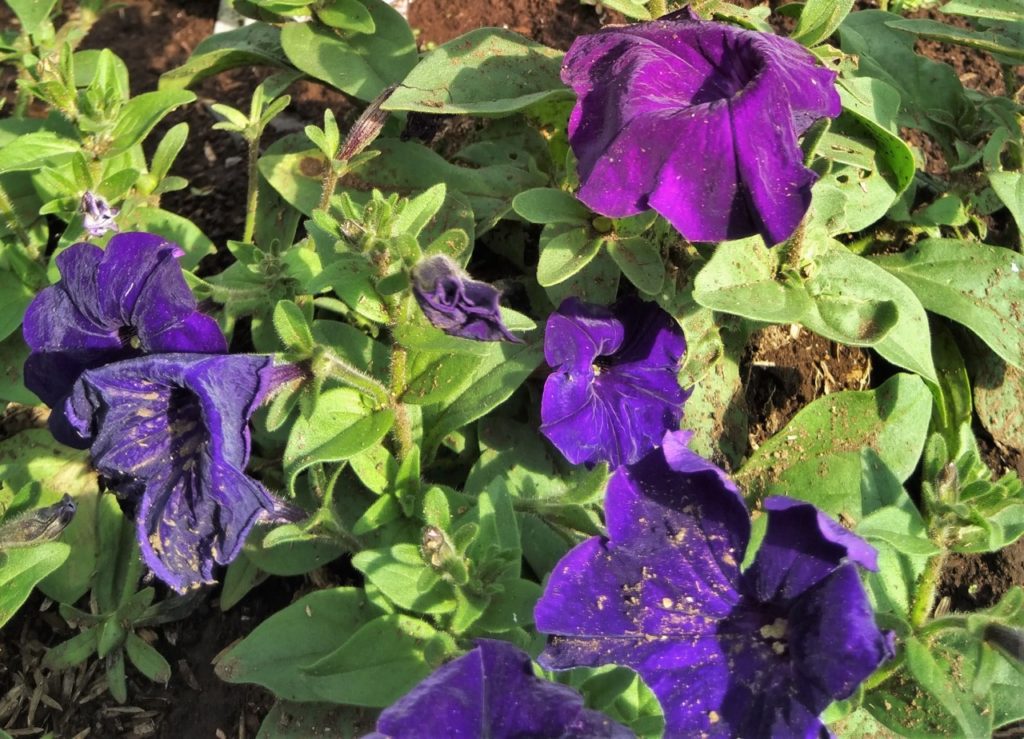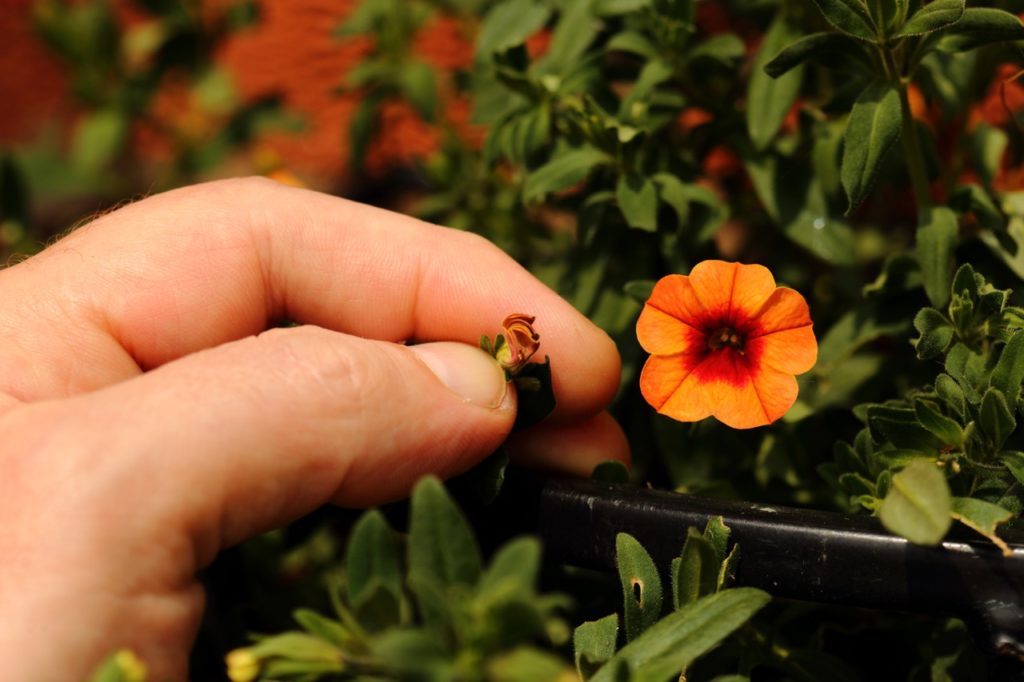Leggy Petunias? Preventive Measures And Trimming Guidelines From Horticulturists

Reviewed By COLIN SKELLY

Colin is a Horticulturist and Horticultural Consultant with experience in a range of practical and managerial roles across heritage, commercial and public horticulture. He holds the Royal Horticultural Society’s Master of Horticulture award and has a particular interest in horticultural ecology and naturalistic planting for habitat and climate resilience.
IN THIS GUIDE
PETUNIA GUIDES
Container Growing
Deadheading
Hanging Baskets
Legginess
Overwintering
Pruning
Sowing
Surfinia
If your petunias have become leggy and straggly with droopy stems and dying foliage, you might be wondering what to do with them.
The types of petunias that have a tendency to legginess will likely develop it as a result of the following causes and factors:
- Overwatering
- Not enough sun
- Over-fertilising with a balanced or nitrogenous formula

As such, try to avoid legginess instead of dealing with it later by taking the following preventive measures.
| Difficulty | Easy |
| Equipment Required | Secateurs or gardening knife, potassium-rich fertiliser |
Preventive Measures
Water with the appropriate quantity and frequency depending on the kind of petunias you have and whether your plants are growing in the open ground or in a container.
Under no circumstance should the soil be soaked and remain overly damp.
Be sure to site petunias in a spot in full sun that only receives a bit of light shade.
“Legginess is most often due to being sited in a position that is too shady, forcing the plant to reach for light,” says Colin Skelly, a Horticultural Consultant.
“Trim back the leggy stems move plants in pots to a brighter location and they should respond with bushier growth.”

Feed petunias judiciously.
Instead of a balanced formula, opt for a potassium-rich formula oriented to flowering annuals.
Finally, if you are growing the types of petunia that are known to develop legginess or if you feel that yours could become leggy, proactively pinch the stem tips by a good 7-8cm in late June.
Doing so will trigger side shoots and bushiness and will pre-empt legginess.
Trimming Leggy Petunias
If your petunias are becoming leggy, there is a quick and simple solution – trimming.
However, only grandiflora and multiflora types should be trimmed.
Use a pair of sterilised mini-secateurs to cut back all the stems on the plant by 30-50%.

Ensure that each stem is left with some foliage, making the cut just above a set of leaves.
After such a trim, water the plant and also fertilise it in moderation.
Make sure you act in time, as trimming petunias too late in the season is of no benefit.
If you act in a timely fashion by mid-July, not only will you solve the legginess problem, you will probably be rewarded with a second flush of blooms.

